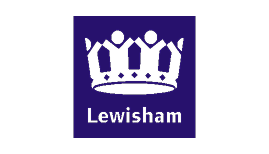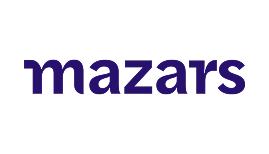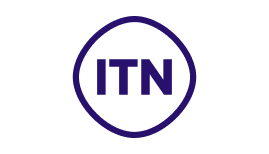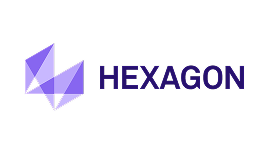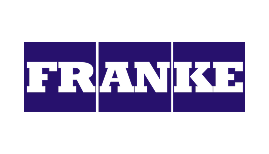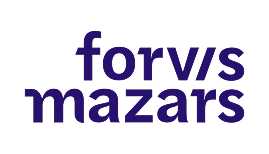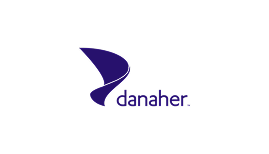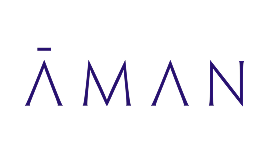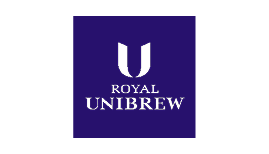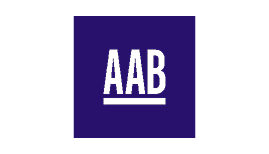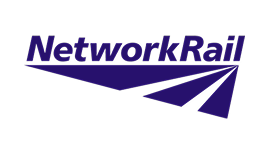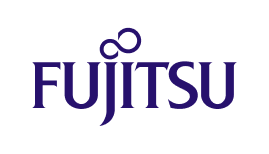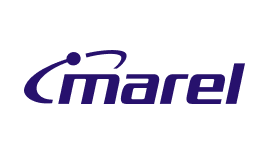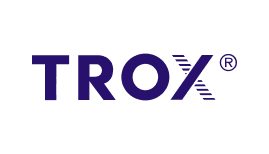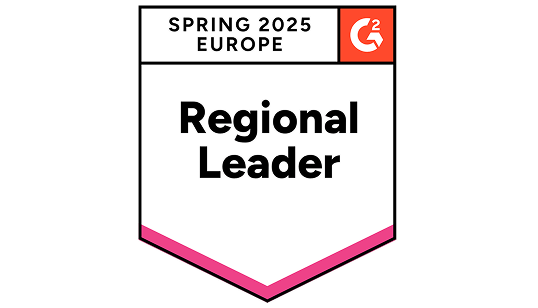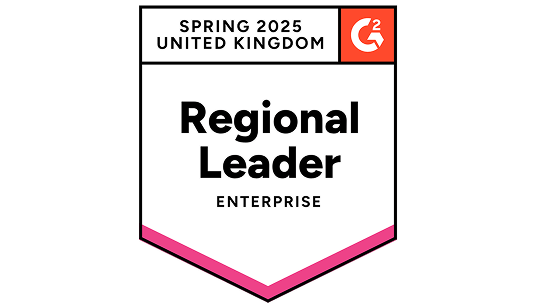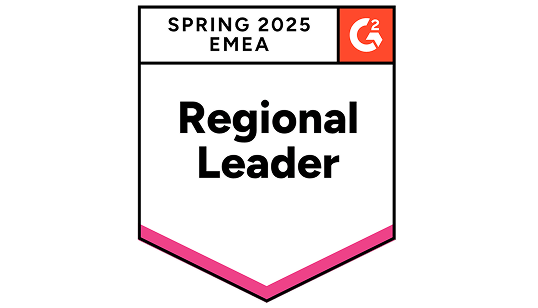Empower your people.
Reduce your biggest risk.

What is Human Risk Management?
The biggest risk isn't technology - it's human behaviour.
Human Risk Management (HRM) is a process that identifies, measures, and mitigates risks posed by human behaviour.
Every organisation faces cyber threats. At MetaCompliance, we bring together data, automation, and engaging, real-world learning experiences to make safer cyber behaviour part of everyday work. We help you see where people are most vulnerable, educate you on how to act quickly, and build lasting habits that will keep your organisation secure.
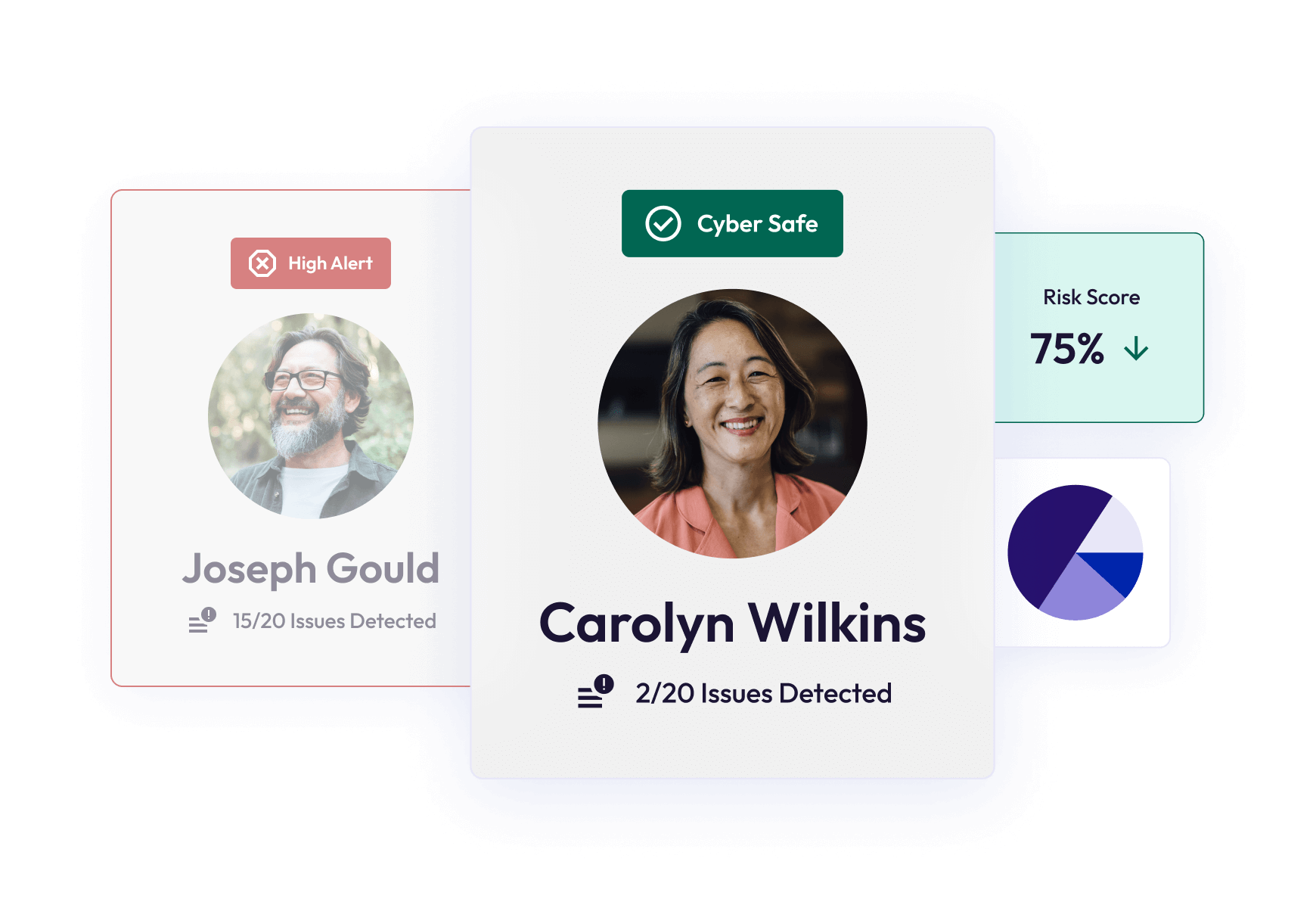

Your guide to tackling human risk
Why awareness alone won’t cut it in 2025.
Most training stops at awareness, but awareness doesn’t equal action. To reduce human risk today, organisations need behavioural change that truly sticks rather than “tick-box” learning. They also need clear measurement of impact, because culture change requires proof, not promises. And above all, they need scalable delivery – tools that adapt to different roles, teams, and regions.
That’s why Human Risk Management is becoming the go-to approach for leaders who want to strengthen culture, reduce incidents, and demonstrate measurable impact.
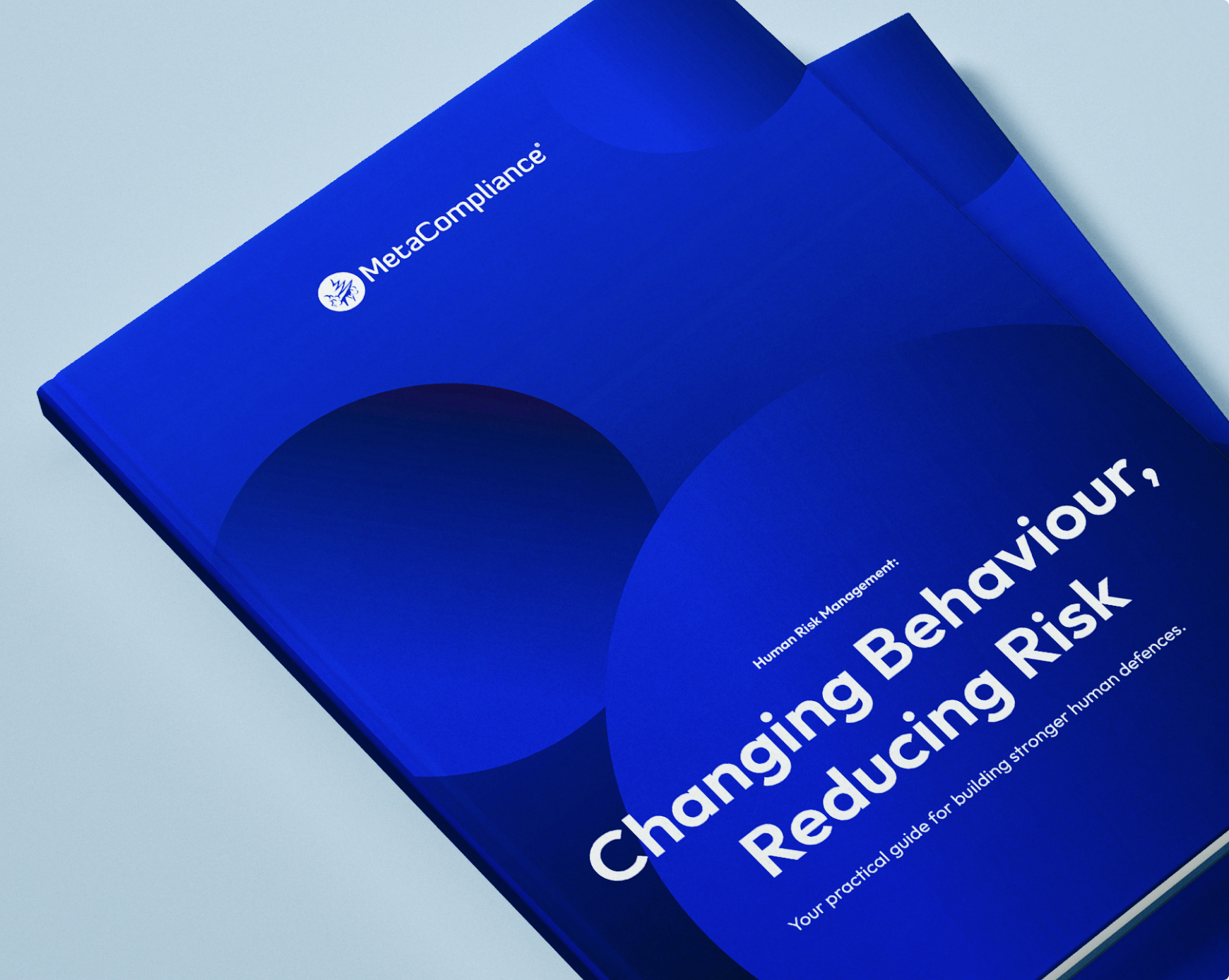

Connected Platforms
We connect with the tools you trust to maximise impact, reduce friction, and embed human risk management into everyday work.






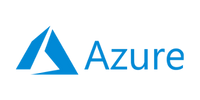
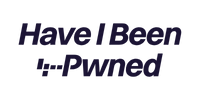




Ready to reduce human risk?
Human Risk Management is changing how organisations think about security. See how MetaCompliance can help you build a culture of resilience.

FAQs
Answers to common questions
Quick answers to how HRM training works – from delivery and content to languages, integrations, and reporting.
What is a Human Risk Management (HRM) Platform?
A Human Risk Management Platform helps organisations identify, assess, and reduce human-related cyber security risks using training, analytics, and automated compliance tools.
How does it reduce human risk?
It combines security awareness training, simulations, risk scoring, and compliance policies to change behaviours and lower the likelihood of security incidents.
Can Human Risk Management be tailored to different roles or teams?
Yes. Training, policies, and phishing simulations can be customised by role, team, or location for maximum relevance and impact.
How is success measured in a Human Risk Management Platform?
Success is tracked through user analytics, risk scores, and incident trends, helping organisations monitor improvements and reduce overall human risk.
How long does it take to implement a Human Risk Management Platform?
Most organisations can get started quickly. With integrations for tools like Microsoft Teams and Slack, adoption is straightforward and doesn’t require heavy IT resources.
Does MetaCompliance integrate with our existing LMS?
Yes. Our platform is flexible – you can integrate with external LMS systems or use our SCORM upload feature to bring your own training content into the platform.
How often is new training content released?
We release fresh content every month through our in-house creative team. This ensures training stays relevant, engaging, and aligned to emerging cyber threats.
What languages are available for training?
MetaCompliance supports 44+ languages, all within the same platform. That means every employee, in every region, can access the same training experience in their preferred language.
Can training be customised to our organisation?
Yes. Content can be tailored to your policies, brand, and specific roles. You can also upload your own SCORM courses for full flexibility.
How is Human Risk Management different from traditional awareness training?
Traditional training often stops at raising awareness. HRM focuses on real behaviour change by combining automation, personalisation, and ongoing measurement of results.
What outcomes can we expect from using HRM?
Organisations typically see higher engagement with training, fewer phishing clicks, stronger compliance, and a measurable improvement in security culture.

